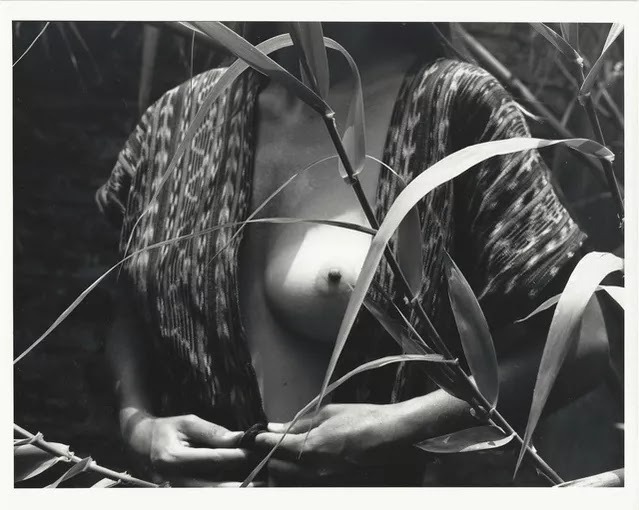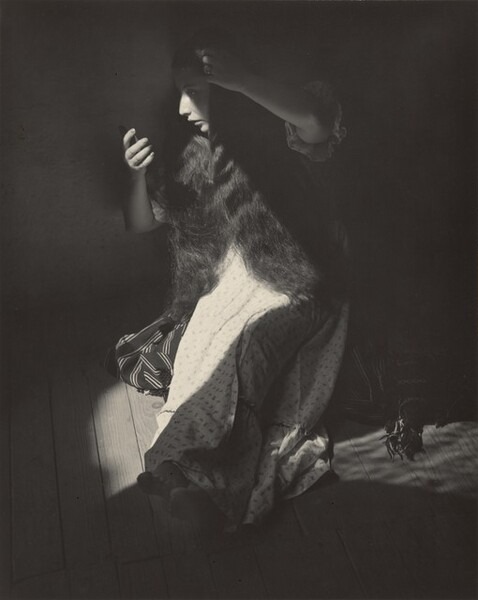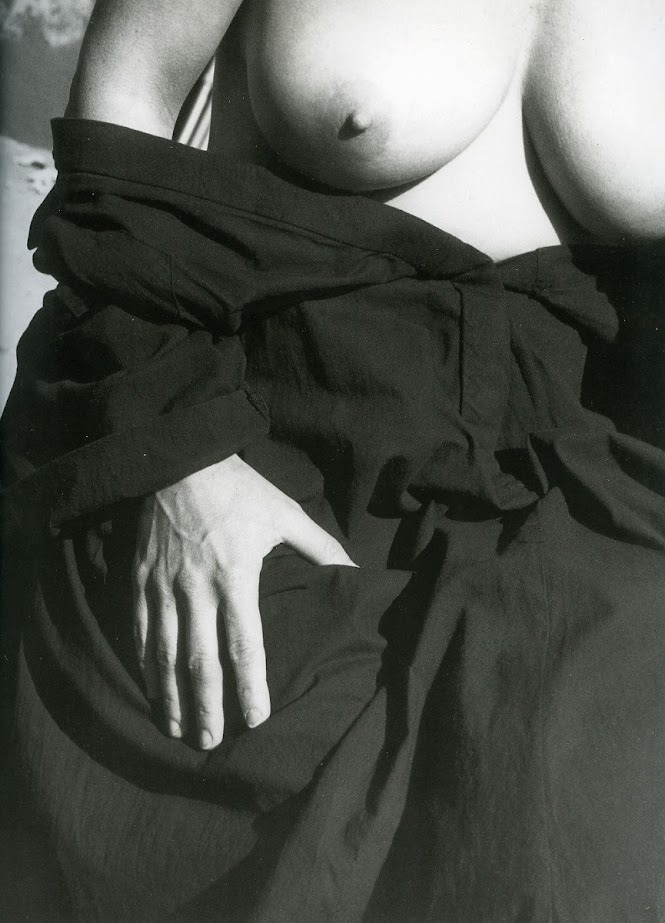1902 - 2002
Born in 1902 in Mexico City - where he would die one hundred years later - Manuel Álvarez Bravo lived almost the entire 20th century, and documented much of it photographically. Álvarez Bravo was self-taught, and by 1935 his work had been exhibited in New York, alongside that of Walker Evans and Henri Cartier-Bresson. The artist's primary interest was in the representation of Mexico's cultural heritage and its people: many of his subjects were poor or indigenous Mexicans living through the beginnings of modernisation. He rejected beauty and portraiture in favour of truth.
Álvarez Bravo was three times married, and each of his wives was a photographer in her own right. In 1973 he donated his works to-date to the Instituto Nacional de Bellas Artes in Mexico City, but continued working, going on to win a Guggenheim Fellowship in 1975 and a Hasselblad Award in 1984, among many other prizes of considerable renown. In 1995, he was awarded the Grand Cross of Merit Order in Portugal. In recognition of his life's work - never stopping until death, in 2002 - Álvarez Bravo is frequently considered the most important and influential Latin American photographer of the 20th century.



